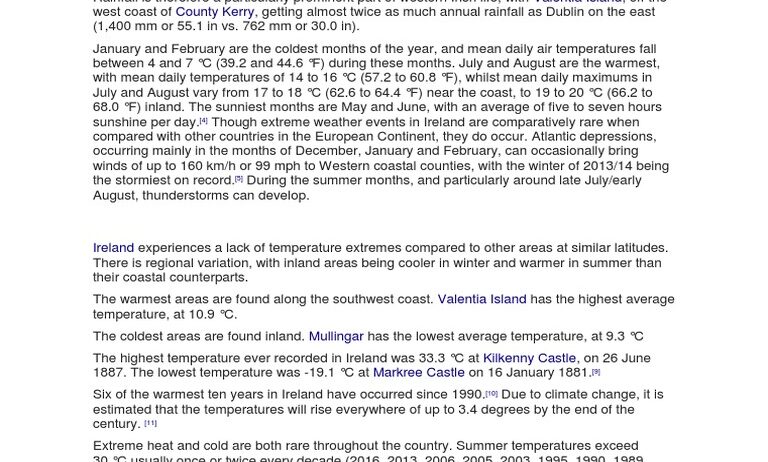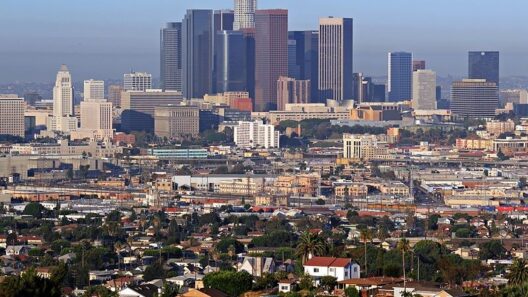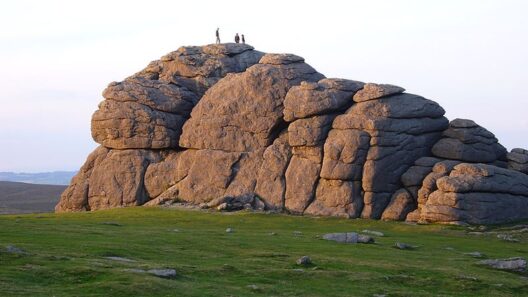Ireland, often affectionately dubbed the “Emerald Isle,” is renowned for its lush landscapes and temperate climate. The country’s climate is a confluence of maritime influences, geographic features, and atmospheric patterns. This unique medley gives rise to the iconic emerald greens of its pastures and the soft mists that grace its hills and valleys.
To fully comprehend Ireland’s climate, it is crucial to consider its temperate maritime nature. The island lies situated in the North Atlantic, characterized by mild winters and cool summers. It is predominantly affected by the North Atlantic Drift, a warm oceanic current that ensures relatively stable, moderate weather conditions. Thus, temperatures hardly veer into extremes. This results in winter averages hovering around 5°C (41°F) and summer averages around 15°C to 20°C (59°F to 68°F).
However, it is the precipitation that defines much of the Irish climate. The island experiences considerable rainfall throughout the year, with the western regions bearing the brunt. Areas such as County Kerry and County Galway witness upwards of 3,000 mm (118 inches) of rain annually. This abundant moisture contributes significantly to the country’s renowned verdancy and diverse ecosystems.
Despite the common perception that rain is a relentless, dreary feature of Ireland’s climate, it functions as a catalyst for ecological vibrancy. The gentle, persistent showers nourish the ground, allowing for a stunning array of flora to thrive. From the towering ash and oak trees in ancient woodlands to the delicate wildflowers that line the hillsides, the biodiversity is astonishing.
Moreover, the rainfall is not uniform across the island. The western coast, kissed by the Atlantic winds, receives significantly more precipitation. Conversely, the eastern regions, such as Dublin and its surrounding areas, enjoy a somewhat drier climate. This disparity creates a variety of habitats and experiences, contributing to the overall allure of the island.
The climatic variability extends further than simple rainfall discrepancies. Ireland’s weather can change rapidly due to the local topography. Coastal areas may bask in sunny spells while just a few miles inland; a sudden drizzle may make an appearance. This phenomenon is often encapsulated in the phrase, “If you don’t like the weather, wait ten minutes.” Such unpredictability adds a layer of intrigue for residents and visitors alike.
This ever-changing face of the weather is underscored by a phenomenon known as the “softening” of the atmosphere, often attributed to the oceanic influences surrounding the island. The convergence of warm and cold air masses creates a mild overall climate but can lead to localized and sudden shifts. The result is a climate that allows for lush agriculture, yielding crops like potatoes, barley, and oats, which have shaped the island’s identity and economy over centuries.
Speaking of agriculture, the interplay between climate and land use is indicative of Ireland’s cultural heritage. The vast green pastures are not merely picturesque; they represent centuries of traditional farming practices adapted to the temperate climate. Sheep and cattle graze on the nutrient-rich grasslands that flourish thanks to the regular rainfall, creating a pastoral landscape that is not just visually stunning but also integral to Irish livelihood.
Moreover, the climatic characteristics foster a strong connection to folklore and mythology. Rain, though often perceived as a nuisance, is interwoven into the very fabric of Irish storytelling. Tales of faeries dancing in the drizzle and ancient warriors walking the misty hills imbue the rain with a mystical quality. It is this blend of meteorological factors and human narratives that heightens the enchantment associated with Ireland’s climate.
Climate change poses an emerging threat to this delicate balance. Alterations in temperature and precipitation patterns impact agricultural yields and biodiversity. Prolonged droughts or intensified rainfall events jeopardize the livelihoods of farmers and the indigenous wildlife. As stewards of the land, the people of Ireland are increasingly recognizing the need for sustainable practices and climate resilience strategies. Growing awareness of the climate crisis encompasses discussions around renewable energy sources, conservation efforts, and sustainable tourism, all aimed at preserving the beloved landscapes.
In conclusion, Ireland’s climate—characterized by gentle rains and verdant hills—is far more than a meteorological phenomenon; it embodies the spirit and culture of the island itself. The interdependence between climate and the environment fosters not only natural beauty but also a rich tapestry of stories that connect people to their land. While the allure of Ireland is undeniable, it is vital to acknowledge the challenges imposed by climate change. Sustaining the essence of this “Emerald Isle” requires a collective commitment to environmental stewardship that resonates through future generations. The gentle rains that grace Ireland’s landscape are not just weather patterns; they are a source of life, culture, and connection in an ever-evolving world.






